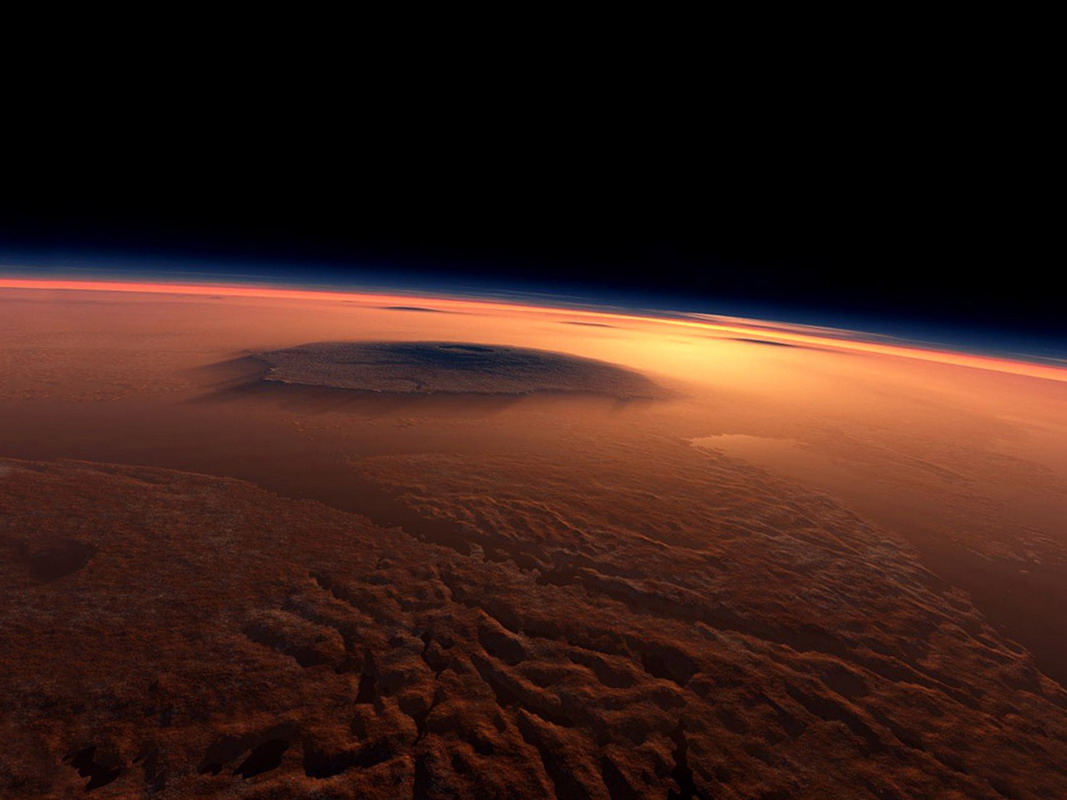
Is there life on Mars?
This question still remains unanswered but perhaps we will finally have an answer this year. When on the 6th of August, the largest robotic vehicle ever built will land on Mars. The Rover “Curiosity” will explore and search for life on the planet.
This very capable robotic rover is in a sense the climax of a long series of expeditions to the red planet, a planet so similar to Earth in many ways, but so different in many others. Scientists have long speculated about the possibility of life on Mars and the question has long excited the human imagination.
Early Astronomical Findings
Already in the mid 17th century, polar ice caps were observed on Mars and those were in the 18th century accurately observed to seemingly grow and shrink with the seasons. Other similarities between Mars and the Earth was later found in the 19th century, that the length of the day was indeed similar to Earth and the axial tilt resulted in similarities in seasons over the longer-mars-years (686.98 Earth solar days). Then speculations also began concerning the darker areas on the surface, as they were perceived to be canals – which made both scientists and science fiction writers quite ebullient.
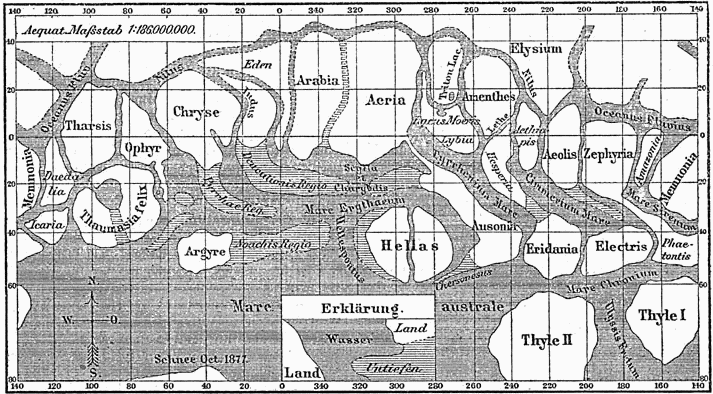
These canals were first observed by the Italian astronomer Giovanni Schiaparelli in 1877, Schiaparelli called these areas “canali”, which was translated into English as canals. The ‘canali’ and the possibility of water led to the assumption that the planet could be inhabited by some form of intelligent alien life. As some scientists went so far as to propose the idea that the canals were actually irrigation canals built by a civilization on Mars.
Science fiction writers soon embraced the concept, writers such as H. G. Wells, told the story of an invasion by aliens from Mars who were fleeing the planet’s desiccation in War of the Worlds. Also, Edgar Rice Burroughs “John Carter” series, among many other authors, inspired people’s imagination in the late 19th early 20th centuries. When the War of the Worlds was first aired on public radio in the U.S. as a drama in the style of a news broadcast; widespread outrage and panic erupted among those people who believed the events described in the program to be real.
The canals were soon thereafter proven to be an optical illusion created by the somewhat limited telescope instruments at the time.
The First Probe Missions to Mars
The first actual pictures of the planet were taken by the Mariner 4 probe, which made a successful flyby of the planet in 1965. Returning pictures of a barren arid Mars, without rivers, oceans or any signs of life.
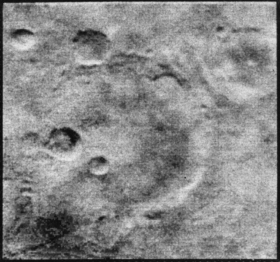
The mariner probe also found that Mars lacks a global magnetic field that would protect the planet from potentially life-threatening cosmic radiation. The probe made it possible to calculate the atmospheric pressure which was found to be about 0.6 kPa (compared to Earth’s 101.3 kPa), meaning that liquid water could not exist on the planet’s surface.
The search for life took a new direction; instead of multicellular life, a new search began for simpler forms of single cell organisms, such as bacteria.
Landing on the Surface: Vikings
The Viking space probes made several visits to the planet in the 1970s. These were equipped with instruments to test the planet’s soil for possible lifeforms. The tests were formulated to look for microbial life similar to that found on Earth.
The Viking program was comprised of two pairs of American NASA space probes and landers, Viking 1 and 2, with an orbiter to photograph the surface and act as a relay station for the Mars landers. This concept of lander and relay satellite was to prove very successful and NASA would thereafter adopt it for exploring other celestial objects in the solar system.
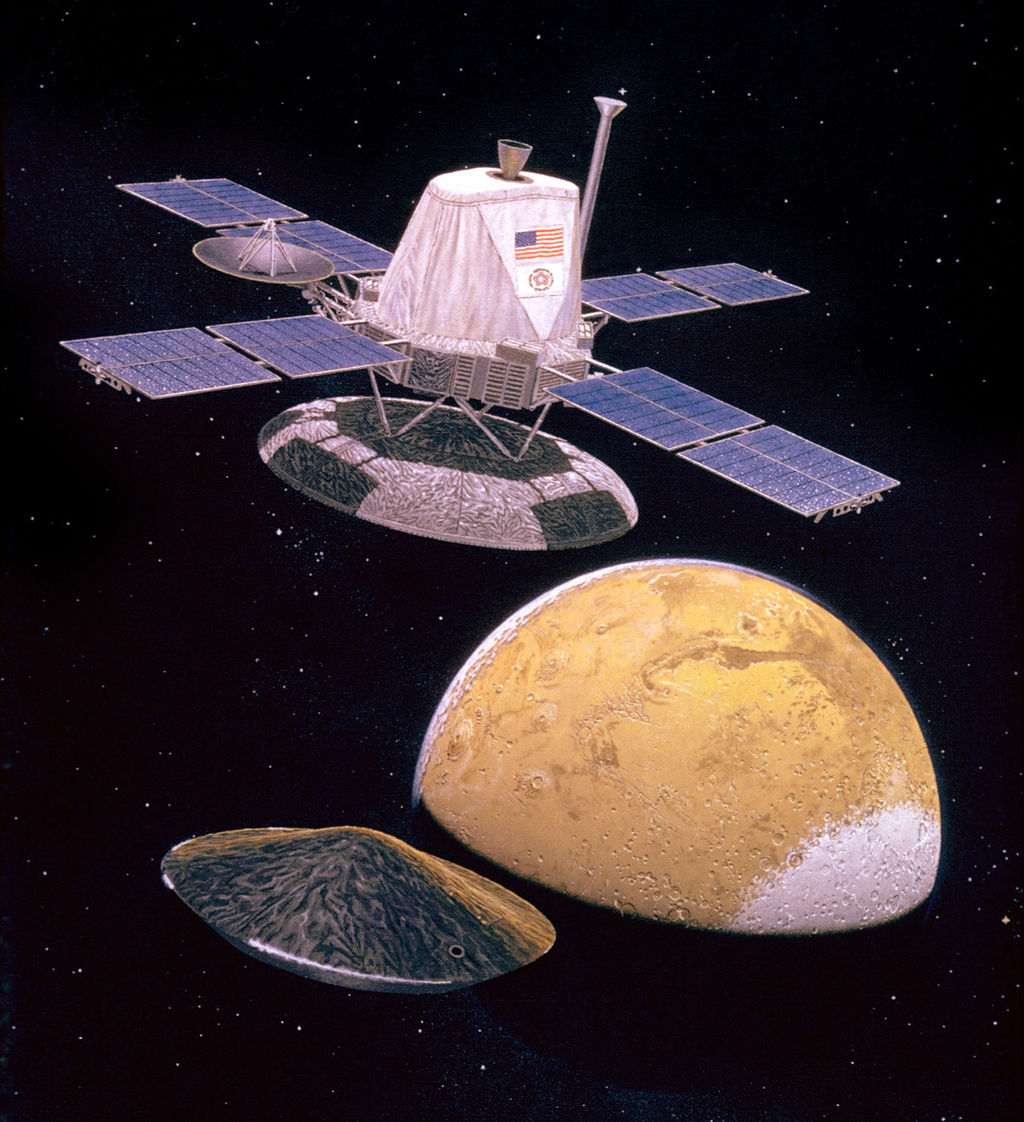
One of the Viking landers did indeed find evidence of simple life forms when it showed an increase in 14CO2 production on first exposure of soil to water and nutrients. However, this was later to be proven inconclusive since super-oxidant chemicals in the soil could have been causing the effect.
The picture to the left was taken by the Viking 1 orbiter at the so-called Cydonia region. A picture of what would be known as “the face of Mars”, since it had the appearance of a humanoid face. It was however dismissed by scientists as a trick of light and shadow and later images of the stone formation taken by NASA’s Mars Global Surveyor during 1997-2006 and the Mars Reconnaissance Orbiter in 2003, also the ESA Mars Express Probe in 2003, all provided images in much-improved resolution and proved the formation to be no more than a hill.

The First Robotic Mission: Pathfinder
The Mars Pathfinder mission was launched in 1996 and NASA returned to the planet with its first robotic rover. Pathfinder landed in 1997 and enabled robotic exploration with mobility on an alien planet for the first time for NASA. Earlier, the Soviet Union sent the first robotic rovers to the moon as part of their Lunokhod Program in the 1970s.
The Pathfinder mission had numerous scientific objectives and also implied several breakthrough technologies, in addition to the robotic rover, the “airbag-mediated touchdown” and the automated obstacle avoidance, both later used by the Mars Exploration Rovers (Spirit and Opportunity).
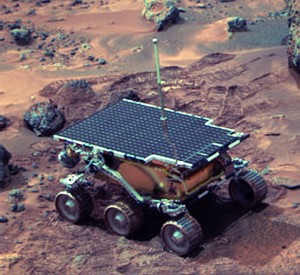
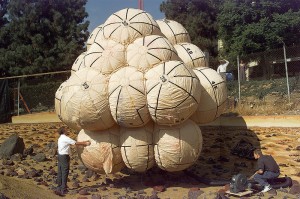
The Mars Pathfinder lander gave us the first high-resolution pictures of the planet. The lander and rover landed in what is assumed to be an ancient flood plain on Mars’s northern hemisphere called the “Ares Vallis”.

The Meteorite Fossils
Just a year before Pathfinder was launched, in 1996, a historic press conference was held at NASA Headquarters in Washington D.C. about a meteorite that had been found in 1984 and later proven to originate from Mars. This meteorite showed evidence of containing ancient, fossilized, microscopic life. The meteorite was catapulted away from mars 15 million years ago, then hit Earth about 13,000 years ago and landed in Antarctica – where it was found.
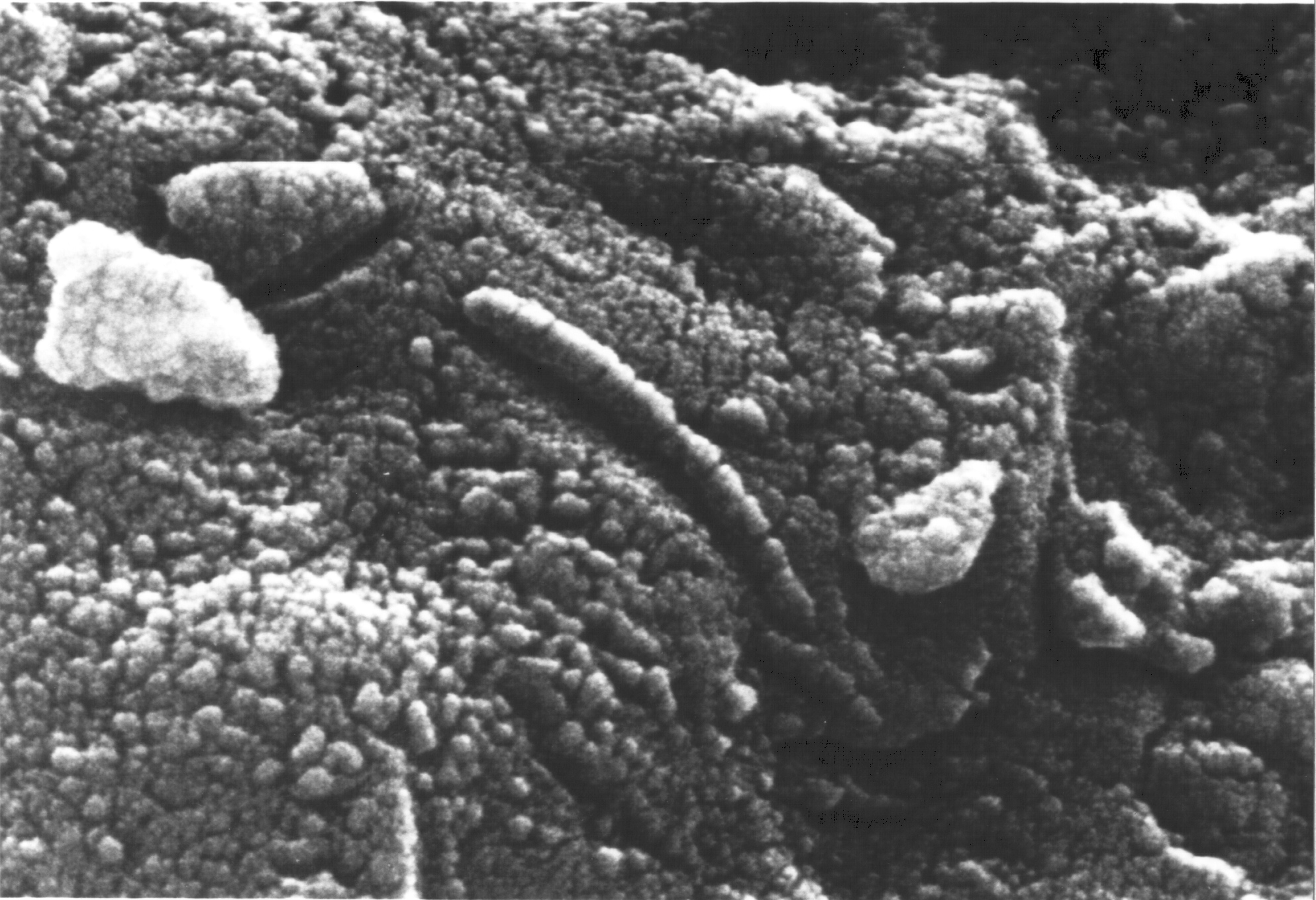
When the discovery was announced it was immediately conjectured that the fossils were the first true evidence of extraterrestrial life and naturally made headlines around the world. U.S. President Bill Clinton made a formal televised announcement to mark the event.
The assumed fossil remains were later rejected though as further analysis confirmed it to be an invalid assumption. But in November 2009, a team of scientists reasserted that there is “strong evidence that life may have existed on ancient Mars”, after having reexamined the meteorite using more advanced analytic instruments then available. The team concluded that “None of the original features supporting our hypothesis for ALH84001 has either been discredited or has been positively ascribed to non-biologic explanations”.
Global Surveyor
In 1996 NASA launched its Mars Global Surveyor (MGS) and it successfully started mapping the planet, as it observed the planet from a low-altitude over the course of one complete Martian year. Mars Global Surveyor completed its primary mission on January 31, 2001, and was to later complete several extended mission phases.
Global Surveyor analyzed the entire Martian surface, its atmosphere and also its interior. It returned more data to Earth about the red planet than all previous Mars missions combined. It also provided the first 3D landscape topical data.
The Turn of the Millennium, New Missions: The Mars Express, Spirit, Opportunity and the Phoenix
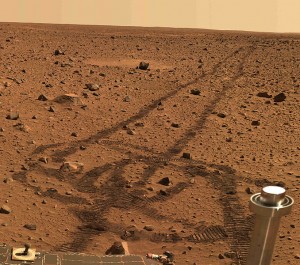
In 2003 ESA sent their Mars Express orbiter and the Beagle lander, however, contact with the landing craft was lost and it is assumed to have crashed. Also in 2003, the Mars Exploration Rover Mission (MER) was launched, it is an ongoing robotic space mission involving two rovers; Spirit and Opportunity. Both successfully touched down and are actually still roaming around and exploring the planet.
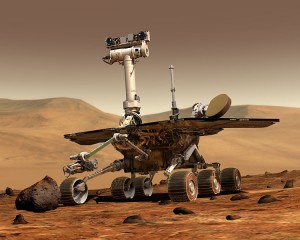
These two rovers are equipped with a wide range of instruments and have provided much data. Spirit found evidence of slight weathering on the plains of “Gusev” crater, but no evidence of an ancient lake as was hypothesized. However, there was clear evidence for a moderate amount of ancient aqueous weathering in the “Columbia Hills” region, evidence such as sulfates and the mineral goethite and also carbonates which only form in the presence of water. The dust was showed to contain a magnetic component which was identified as magnetite with some titanium. Furthermore, the thin coating of dust that covers everything on Mars appears to consist of the same components everywhere.
In 2007 NASA launched the Phoenix robotic spacecraft to explore Mars, to search for life and water. It successfully landed in 2008 on the north pole and started studying the geological history of water, and evaluated planetary habitability. With instruments to uncover information on geological and a possible biological history of the Mars Arctic environment. The Phoenix provided data of cloud formation at minus 65 degrees Celsius and snow, possible climate cycles with a previous warmer climate plausible.
The Mars Reconnaissance Orbiter was launched in 2005 and began orbiting Mars in 2006, the MRO was equipped with many scientific instruments such as the HiRISE camera, CTX camera, CRISM, and SHARAD. The HiRISE camera was used to analyze Martian landforms, whereas CRISM and SHARAD were to detect water, ice, and minerals on and below the surface. The HiRISE camera found that the banded terrain observations indicated of liquid or CO2 water on the surface in Mars recent geological past.
Both the Phoenix and MRO found a wide range presence of mineral and complex molecules. Some that could be used for future manned missions as rocket fuel and in other prerequisites for sustaining a colony on Mars.
Curiosity


The NASA rover Curiosity is the largest ever and is to land on Mars this August in the Gale Crater. Its primary mission is to search for life.
The Curiosity is about 5 times as large as the rovers Spirit or Opportunity. Other than searching for life it will also help study the climate, geology, and collect data to plan for future human missions to the planet.
It is equipped with many advanced cameras for a multitude of purposes, including a 3D camera. A “ChemCam” with a laser called the LIBS system, that can target a rock or soil sample from up to 7 meters away, vaporize a small amount of it with a 5 nanosecond pulse.
An alpha-particle X-ray spectrometer (APXS) that enables it to irradiate samples with alpha particles and map the spectra of x-rays that are re-emitted to determine the elemental composition of the samples.
Chemistry and Mineralogy (ChemMin), the “ChemMin” is one of four spectrometers and will enable us to identify and quantify the abundance of the minerals on Mars.
The Sample Analysis at Mars (SAM) will analyze organics and gasses from both atmospheric and solid samples
The RAD, short for Radiation Assessment Detector, will measure the radiation spectrum within the spacecraft to evaluate the possibility for future manned human missions to the planet.
The DAN, short for Dynamic Albedo of Neutrons, will be used to detect and measure hydrogen, ice or water on the surface, it is provided by the RFSA (Russian Federal Space Agency).
The Rover Environmental Monitoring Station (REMS) is to be used for measuring atmospheric pressure, humidity, winds, temperature, and ultraviolet radiation, provided by the Spanish Ministry of education and science, and the Finnish Meteorological Institute.
The Curiosity rover is also equipped with several other instruments. It will not land via an air-bag system as previous robots have, it will instead be landed via parachute and to be rocket-propelled via a so-called “sky crane” system. The sky crane system will lower the rover to a soft landing with its wheels down on the surface of Mars.
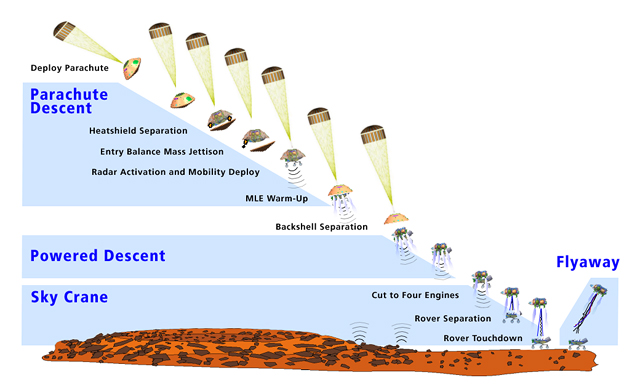
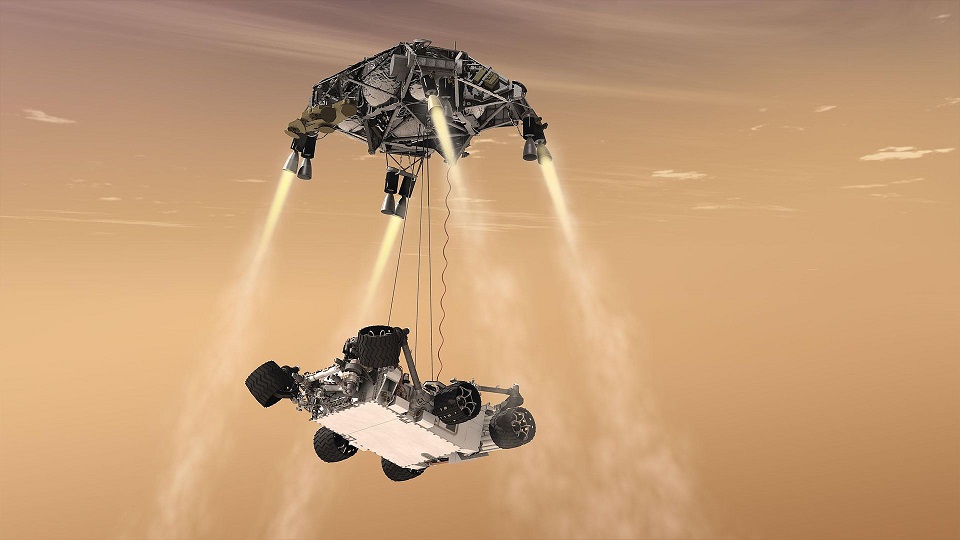
After the rover touches down on the Mars surface, it will wait for 2 seconds to confirm that it is on solid ground and fire several small explosives to activate cable cutters to free itself from the descent stage. The descent stage promptly flies away to a crash landing elsewhere, and the rover gets ready to roam Mars. And so begins the search for life again. This time perhaps with more conclusive evidence. In August, Curiosity will perhaps satisfy our curiosity.
Below videos by NASA JPL (Jet Propulsion Laboratory) at Pasadena California. NASA engineers take the Curiosity test rover to California’s Mojave desert to learn how to drive on Martian sand dunes.
Landing the Curiosity rover on Mars is the most difficult and nail-biting part of the whole mission. See just how hard it is to land on Mars in this 60-second video.


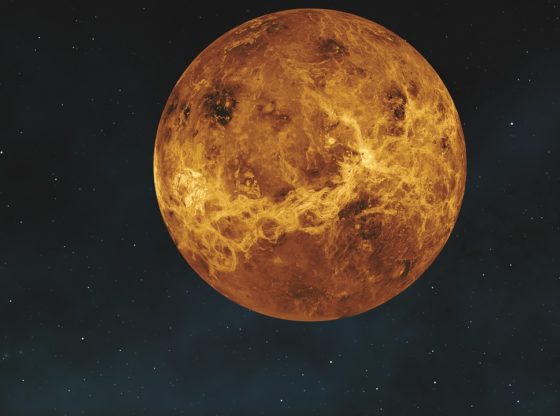
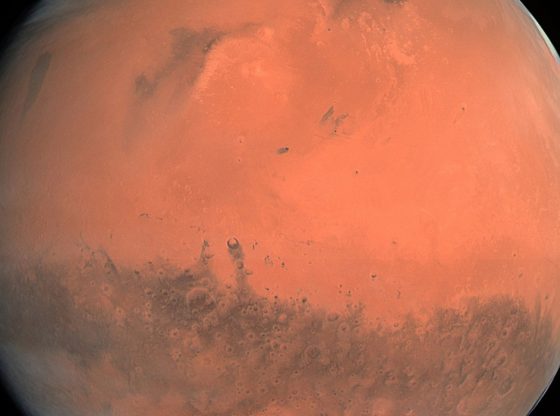
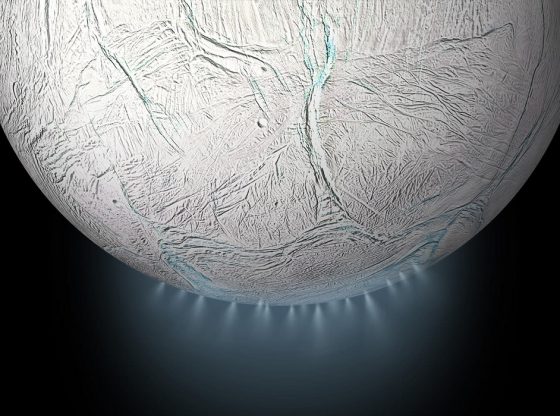
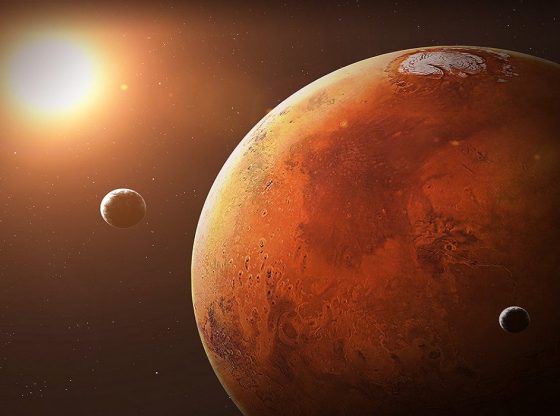
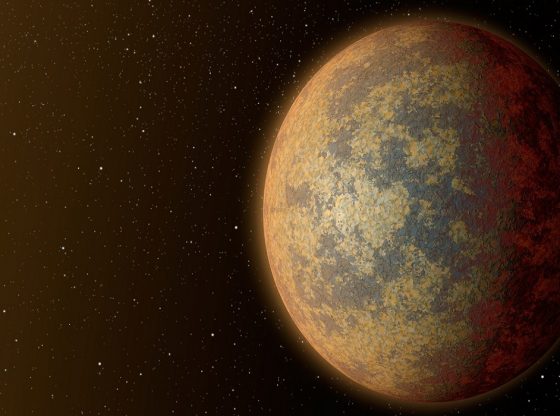
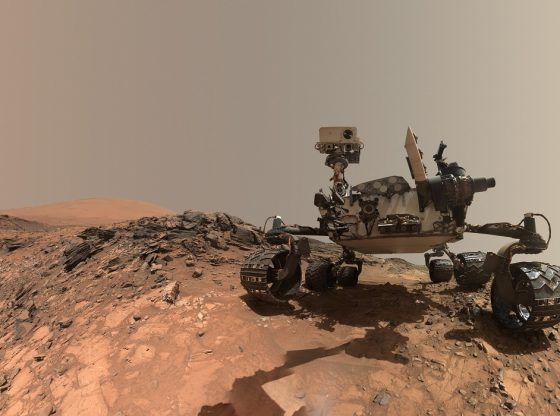

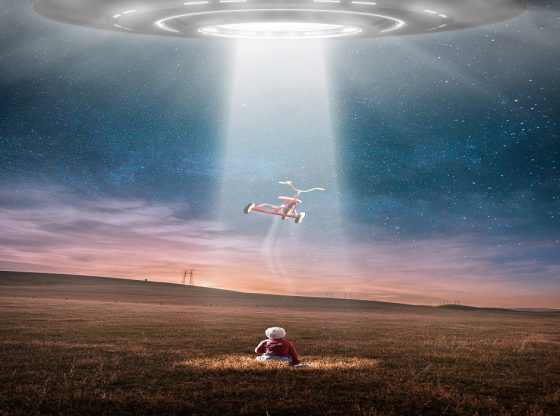

![OpenAI. (2025). ChatGPT [Large language model]. https://chatgpt.com](https://www.illustratedcuriosity.com/files/media/55136/b1b0b614-5b72-486c-901d-ff244549d67a-350x260.webp)
![OpenAI. (2025). ChatGPT [Large language model]. https://chatgpt.com](https://www.illustratedcuriosity.com/files/media/55124/79bc18fa-f616-4951-856f-cc724ad5d497-350x260.webp)
![OpenAI. (2025). ChatGPT [Large language model]. https://chatgpt.com](https://www.illustratedcuriosity.com/files/media/55099/2638a982-b4de-4913-8a1c-1479df352bf3-350x260.webp)








